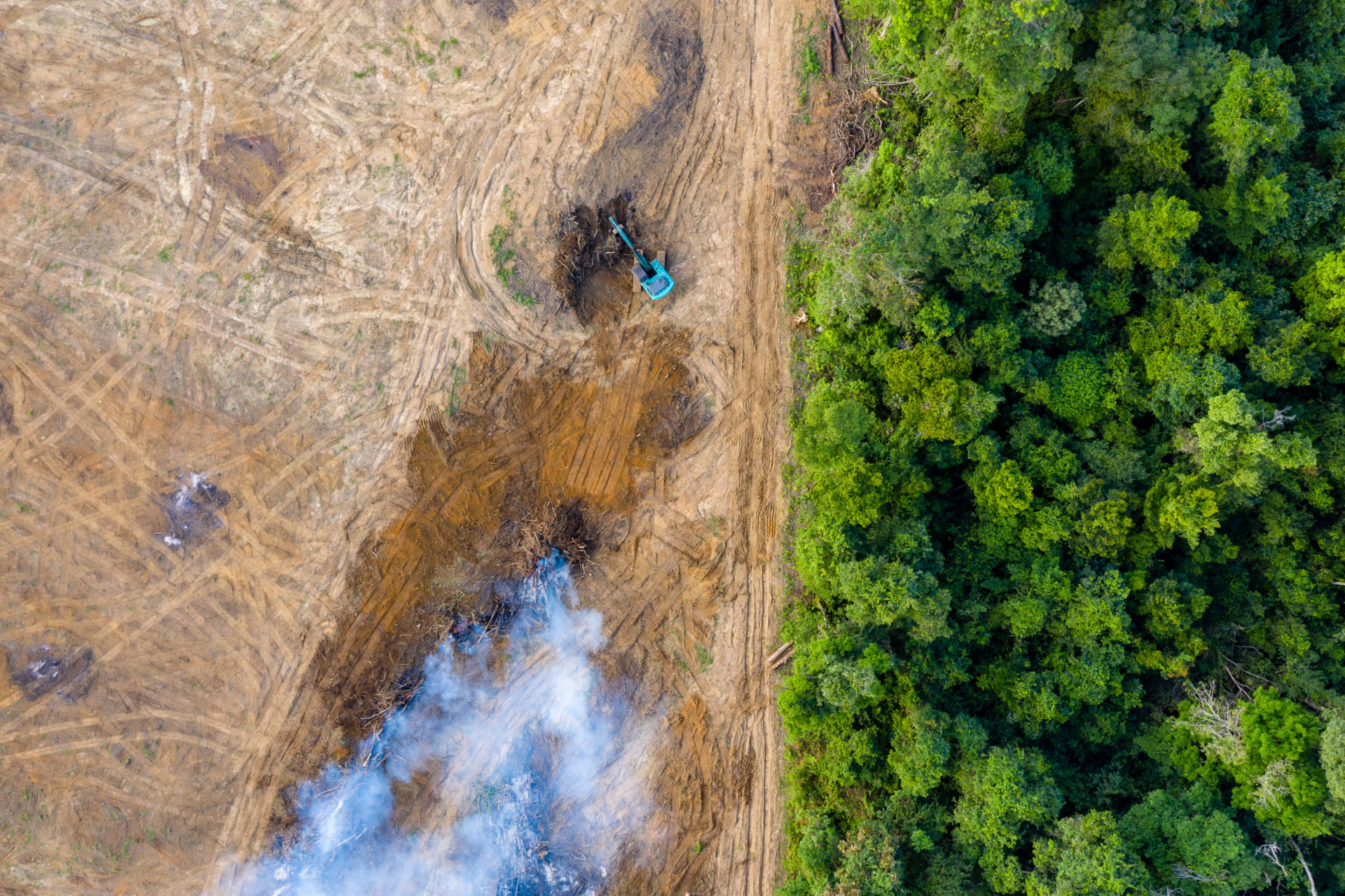Editor's Note, June 2020
Written by Marian Starkey, Vice President for Communcations | Published: June 1, 2020
All any of us are reading or talking about these days is the novel coronavirus wreaking havoc across the globe. The Democratic Primary? Harry and Meghan ditching their royal crowns and leaving England? Those stories have been replaced with articles about unemployment benefits, DIY protective masks, and how ineffectively we’ve been washing our hands our entire lives (and, let’s be honest, Tiger King).
This issue of Population Connection magazine explores the origins of the COVID-19 outbreak, which, at press time, was already responsible for killing over 200,000 people worldwide.
Basically, it comes down to the fact that we’ve treated animals terribly for all time, and every now and then it bites us. This time it has drawn blood, so to speak.
Karin Brulliard wrote in The Washington Post on April 3, 2020,
Wild animals have always had viruses coursing through their bodies. But a global wildlife trade worth billions of dollars, agricultural intensification, deforestation, and urbanization are bringing people closer to animals, giving their viruses more of what they need to infect us: opportunity. Most fail. Some succeed on small scales. Very few, like SARS-CoV-2, the novel coronavirus, triumph, aided by a supremely interconnected human population that can transport a pathogen around the world on a jet in mere hours. … As earth’s human population hurtles toward 8 billion, no one thinks human–animal interaction is going to decrease. The key is reducing the risk of a devastating spillover, scientists say—and not by killing bats. But they acknowledge that cultural and economic pressures make change difficult.
We humans have pushed our way into all types of habitats, forcing interactions with wildlife that harm them and us; gathered up the exotic species that people will pay top dollar to eat and stacked them in cages to bleed and defecate on each other in wet markets; and farmed them in cruel, unsanitary conditions that allow livestock feces to find its way into our food and water.
Why are we pushing into wildlife habitats? Because we are driven to consume more space to build communities, more natural resources to sustain our lives and livelihoods, more wild game to feed more people. In short, because of rapid human population growth. Which is the same reason we’ve taken to farming livestock in such horrific conditions. We’re no longer eating meat produced at our local family-run farms. We’re eating meat that’s been factory farmed, sometimes thousands of miles away, in huge, depressing feedlots—because that’s the only way to produce enough of it for our massive population, which still grows by 80 million people a year.
As we stream live concerts, organize our sock drawers, again, and wash our hands until they chap, let’s remember that we got ourselves into this mess. And then let’s assure ourselves that we have the ability to prevent ourselves from falling prey to wildlife pathogens again in the future. What we have to do:
- Give every person, everywhere, access to affordable contraception. This will slow the growth of the human population by allowing people to exercise their reproductive rights.
- Start treating animals with respect. Slowing habitat loss, cracking down on illegal poaching of exotic species, and employing sustainable farming practices are strategies that will prevent zoonotic diseases from infecting humans.
I’m hopeful that we’ll come out of this wiser than before and with an eye toward preventing another coronavirus catastrophe.
Marian Starkey
marian@popconnect.org

